
Click the above Computer Enthusiasts to follow us
In the SoC field, MediaTek (MTK) was once a chip giant standing alongside Qualcomm and Intel. However, since 2016, MediaTek’s influence in the mobile phone market has been declining. Not only did it abandon the high-end Helio X family, but the mainstream Helio P family also faced fierce competition from Qualcomm’s Snapdragon 600/700 series. In this environment, MediaTek launched the highly anticipated Helio P90 at the end of December 2018. Can this chip help it turn around?
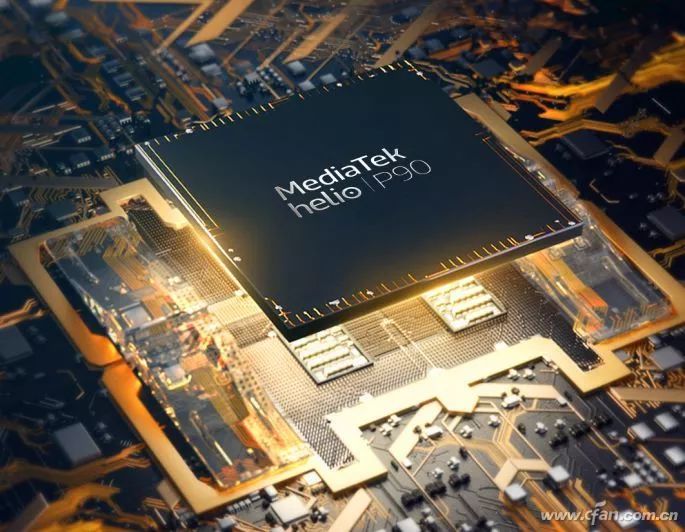
With the Helio P70 chip just hitting the market and the Helio P90 still in the shadows, let’s take a moment to discuss MediaTek’s development history and this chip.
MediaTek’s Transformation from Clones
Do you remember the popular “clone phones” from 2004 to 2007?
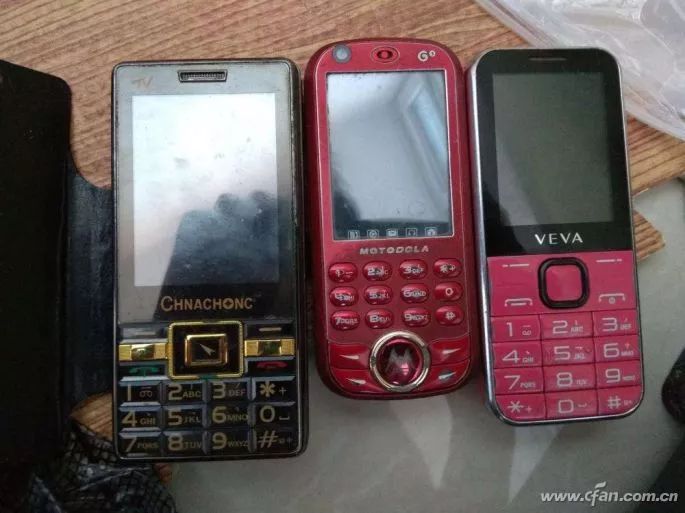
Reports indicated that in 2006, phones using MediaTek chips accounted for over 40% of total mobile phone sales in China! MediaTek became the favorite of countless phone manufacturers because it pioneered the “TurnKey” one-stop solution, significantly reducing the R&D cycle and costs for clone phones. There was a saying in the industry: using MediaTek’s solution only required three people: one to contact MediaTek, one to find a foundry, and one to handle sales and collections. It was that simple.
However, when the era of smartphones arrived, MediaTek’s past glory became a heavy burden. The MTK brand, associated with clones, found it difficult to penetrate the mid-to-high-end market. Its early processors, such as MT6589, MT6592, and MT6752, could never escape the fate of being seen as “cost-effective,” remaining stuck in the budget market while watching Qualcomm and Samsung take the profits from the mid-to-high-end market.
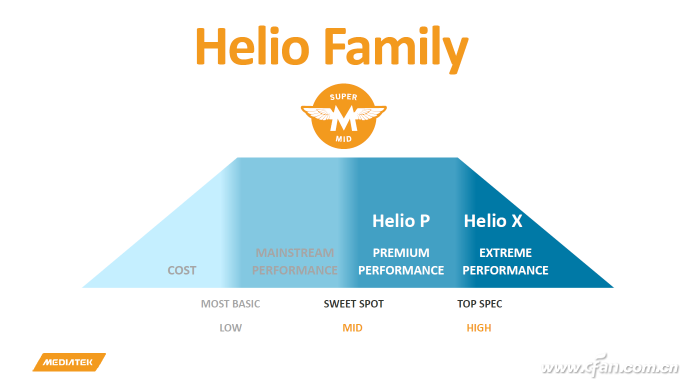
To compete with Qualcomm’s “Snapdragon,” Samsung’s “Exynos,” and Huawei’s “Kirin,” MediaTek finally launched the “Helio” brand in 2015, marking the first step in shedding its historical burden. According to MediaTek’s plan, the Helio brand would include the flagship-targeted Helio X, the mainstream-focused Helio P, and the entry-level Helio A (launched in 2018 with the first model Helio A22).
Survival Pressure of the Helio Family
Due to the poor performance of Qualcomm’s Snapdragon 810 (overheating) and Snapdragon 615 (weak performance) in 2015, the Helio brand started with a promising momentum. For example, the first-generation Helio X10 introduced CorePilot heterogeneous computing technology, and the second-generation Helio X20 became the world’s first deca-core mobile processor, gradually gaining favor among many high-end smartphones.
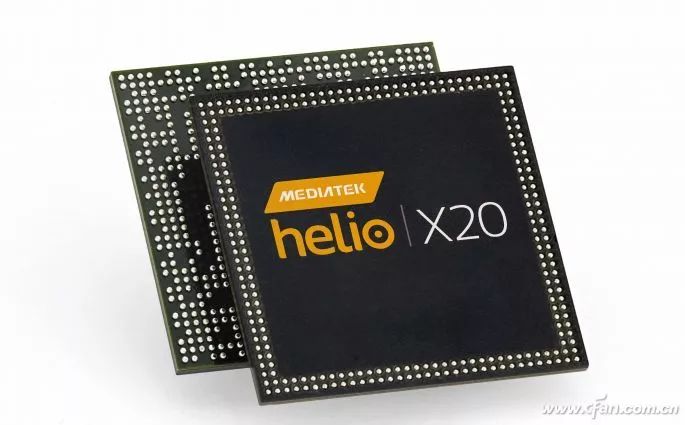
As the first member of the P family, Helio P10 also established a foothold in the mainstream market with its 28nm HPC+ process and “true full network access” feature.
However, MediaTek soon faced a rude awakening. The disruption caused by Xiaomi and LeEco led to the flagship Helio X20 being sold at budget prices, making it awkward for high-end devices from HTC and Meizu that used the same chip.
After the failures of Snapdragon 810/615, Qualcomm learned from its mistakes and subsequently released the Snapdragon 820/835, Snapdragon 652/660, and Snapdragon 625/636, which became “super chips,” stabilizing their shares in the flagship, mid-range, and mainstream markets.
At the same time, Qualcomm also adopted MediaTek’s “TurnKey” solution, shortening the R&D cycle and costs for OEM manufacturers, further aiding their market dominance.
Entering the 4G+ era, Qualcomm’s advantage in the modem (baseband) field was further amplified. When Helio’s new products began to support Cat.7 (downlink speed of 300Mbps), Qualcomm’s equivalent chips already supported Cat.12 (downlink speed of 600Mbps), with high-end chips even breaking the 1Gbps barrier.
Moreover, MediaTek’s heavy reliance on ARM’s instruction set and lack of GPU technology made it difficult to compete comprehensively with Qualcomm, as it used a standard ARM architecture CPU and ARM or PowerVR’s standard GPU.
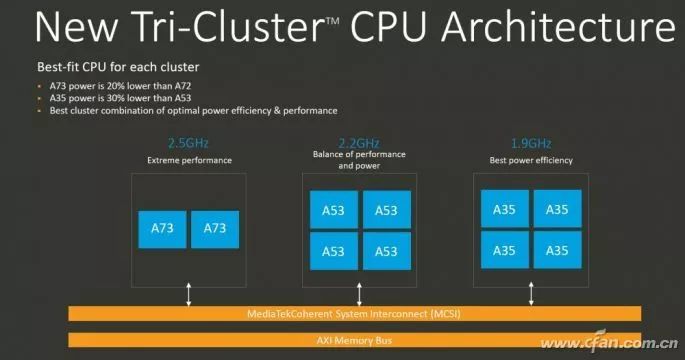
As a result, MediaTek faced a setback in 2017. The flagship Helio X30, despite its “deca-core processor” label, lagged behind the Snapdragon 835 and Kirin 970 in CPU, GPU, and baseband performance, while the mid-range Helio P30 only matched the performance of Snapdragon 630.
Ultimately, the Meizu Pro 7 and Meitu V6 became the few customers for Helio X30, while Helio P30 was only used in a handful of models like Gionee’s M7 and S11S.
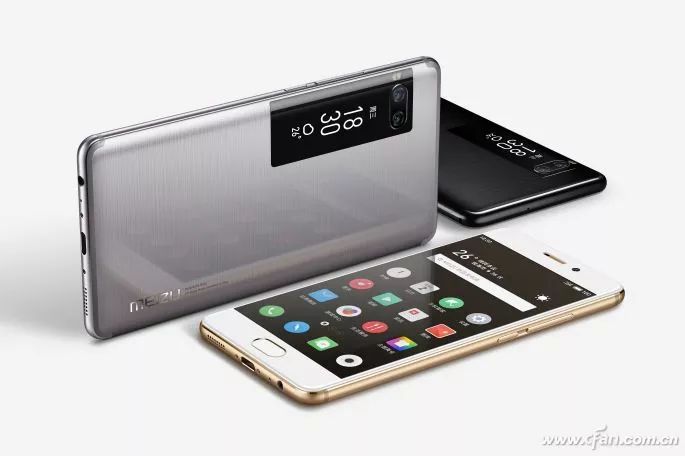
After recognizing the harsh market reality, MediaTek adjusted its strategy at the end of 2017, temporarily abandoning the high-end market and halting new product planning for the Helio X series, shifting its focus entirely to the larger mid-range market. Thus, the Helio P series became crucial for MediaTek’s return to the right track.
In early 2018, MediaTek launched the new Helio P60, designed on TSMC’s 12nm process, featuring a big.LITTLE architecture with four Cortex A73 cores and four Cortex A53 cores, integrating a Mali-G72 MP3 GPU, and enhancing local AI computing performance through NeuroPilot AI technology and a multi-core APU. The early market performance of Helio P60 was quite good, as its performance barely reached the level of Qualcomm’s Snapdragon 660, gaining support from brands like OPPO (R15), vivo (X21i), and Nokia (X5).
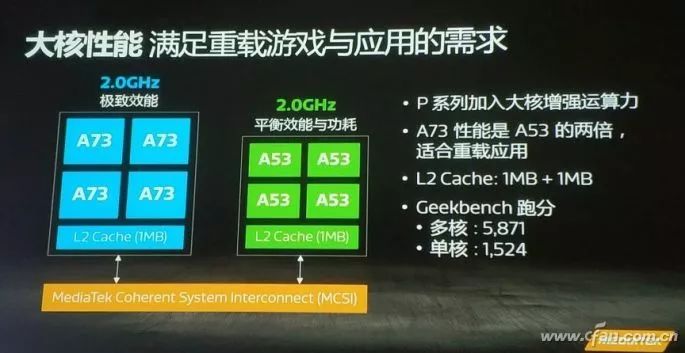
However, with Qualcomm lowering the positioning of the Snapdragon 660 mobile platform and launching the Snapdragon 710, Helio P60 faced even more severe survival pressure. After losing Gionee and Meitu as “financial backers,” MediaTek’s market share in the mid-to-low-end segment was further compressed. Thus, MediaTek fell into a vicious cycle of “no users ~ no money for R&D ~ getting worse and worse.”
In this environment, MediaTek officially launched the successor to Helio P60, the Helio P90, at the end of 2018, focusing on “AI at your fingertips.”
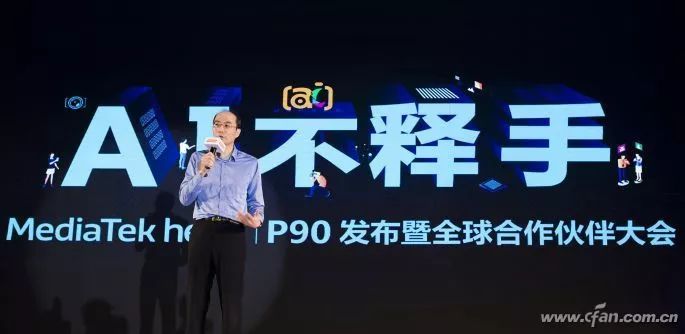
So, can this chip open up new opportunities for MediaTek?
Helio P90 Specifications Preview
As a new generation SoC, MediaTek’s Helio P90 has made significant progress compared to its predecessors like the P60.
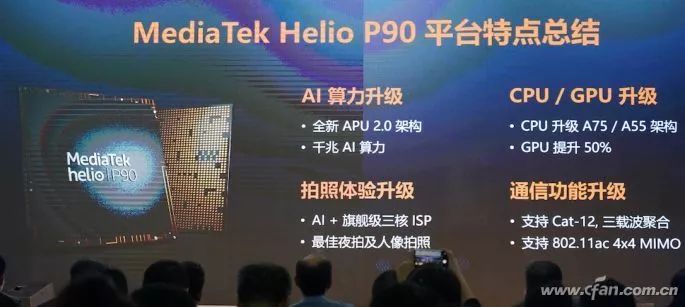
It continues to use TSMC’s 12nm process, changing the CPU core configuration from the traditional “4+4” to “2+6,” consisting of dual-core Cortex A75 and six-core Cortex A55. The GPU has also switched from the ARM standard Mali to Imagination’s PowerVR GM9446, which offers a 50% performance improvement over the Mali-G72 MP3 integrated in the P60/70. Additionally, Helio P90 supports UFS2.1 flash storage, and in terms of networking, it supports dual VoLTE, Bluetooth 5.0, triple carrier aggregation, and Cat-12 (on par with Snapdragon 660, but inferior to Snapdragon 710’s Cat.15).
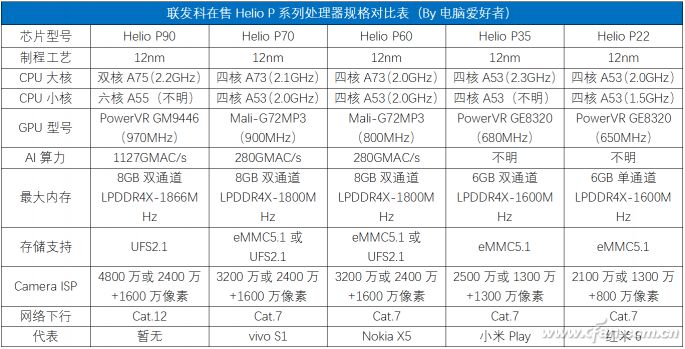
During the Helio P60 era, MediaTek introduced the NeuroPilot heterogeneous AI computing architecture, allowing the CPU, GPU, and Mobile APU to switch seamlessly and collaborate, thereby enhancing local AI computing power. The biggest change in Helio P90 is that its built-in APU has been upgraded from 1.0 to APU2.0, adopting MediaTek’s Fusion AI architecture, with AI performance four times that of Helio P60, achieving an AI computing power of 1127 GMAC/s (2.25 TOPs).
With enhanced AI computing power, Helio P90 can perform basic mobile AI functions such as facial recognition, static image recognition, and data learning without relying on the cloud. It can make quick judgments and identifications using the local APU2.0, achieving the deployment of AI from the cloud to the terminal side, and supports the latest human posture recognition, posture tracking, and analysis of human movement in AI applications.
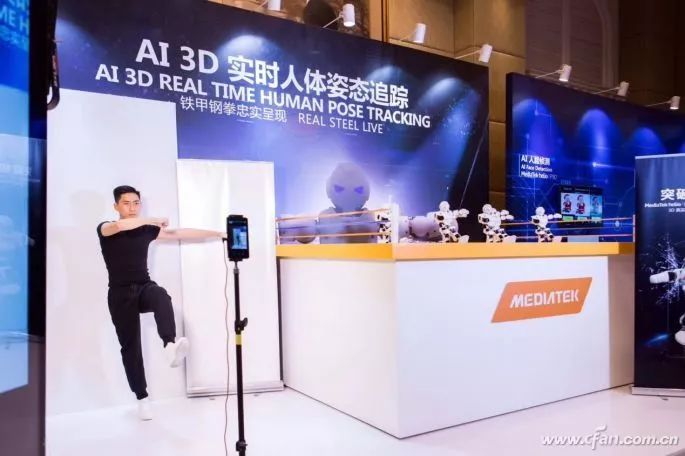
In translation, this means that smartphones equipped with Helio P90 can achieve interesting operations (mixed reality and virtual reality) through the “human data output” feature. The 3D human posture recognition algorithm can instantly achieve powerful shaping functions such as slimming, breast enhancement, and leg lengthening while shooting videos.
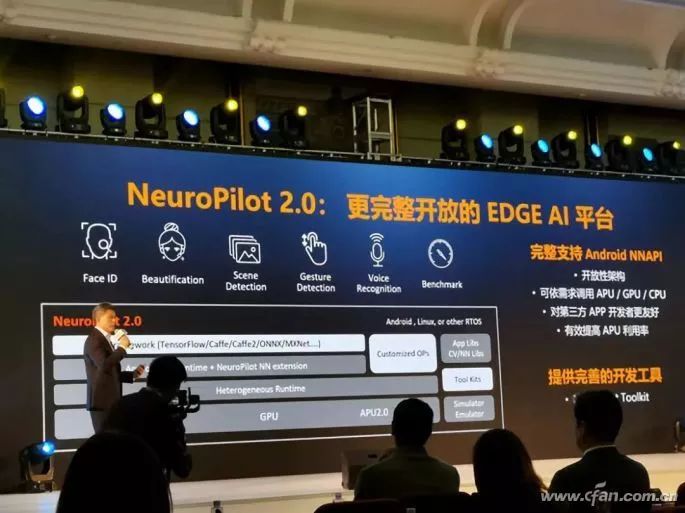
Based on APU2.0, MediaTek’s NeuroPilot platform has also been upgraded to version 2.0 with the release of Helio P90. This platform aims to enhance the computational efficiency of terminal AI, with its built-in network pruning technology capable of removing unimportant neurons from complex networks, hiding unnecessary parameters, reducing the computational load on terminal devices by nearly 35%, and saving precious bandwidth consumption on smartphones, laying a solid foundation for the future development of edge AI.
Differences Between APU and NPU
At this point, many readers may wonder: Is the APU integrated into MediaTek’s Helio P90 the same unit as the NPU integrated into Kirin 980 or Apple A12? The answer is no. According to MediaTek executives, the APU is not a separate hardware unit but an IP optimized for neural networks integrated within the SoC, similar to the tensor accelerator (HTA) newly integrated into the Snapdragon 855’s DSP. The APU and HTA need to work together with the CPU and GPU; together they form MediaTek’s NeuroPilot and Qualcomm’s AI Engine platforms.
The APU and HTA are akin to programmable Tensor units in NVIDIA graphics cards, allowing smartphone manufacturers (like OPPO), app developers (like Tencent), or various algorithm companies (like Face++) to create their own models and applications as needed. Although their efficiency may not match that of NPUs with directly embedded models, they offer greater openness and flexibility, allowing many computations to reuse these resources.
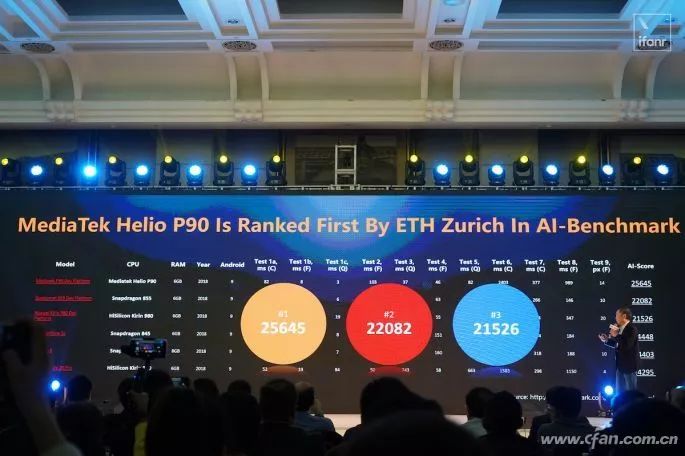
Theoretically, while Helio P90’s AI computing power is strong (2.25 TOPs), it still falls short of Kirin 980 (approximately 4.2 TOPs) and Snapdragon 855 (7 TOPs). However, in the AI Benchmark scores demonstrated during the Helio P90 launch, Helio P90 achieved a score of 25645, clearly surpassing Snapdragon 855 (22082) and Kirin 980 (21526). Of course, theoretical performance and benchmark scores do not equate to absolute user experience; the optimization of AI in specific apps and usage scenarios is what we should focus on.
From this perspective, Helio P90 performs well. With the support of APU2.0, this chip can be applied in scenarios such as AR/VR, 3D motion games, fitness coaching, and 3D fitting rooms. Currently, Helio P90, through the combination of APU2.0 and a triple-core ISP, can already achieve optimal portrait photography, including AI face detection engine, AI noise reduction, and AI depth mapping. In video recording, it also brings an AI face detection engine that can not only recognize gender but also utilize AI for noise reduction.
Is Helio P90 Worth the Anticipation?
From the analysis above, it is clear that the main improvement focus of Helio P90 is AI. The primary application scenarios for AI today include intelligent scene recognition during photography, enhancing efficiency and security in facial recognition, achieving more realistic beauty effects in selfies, real-time beauty and slimming during video recording, 3D human posture recognition and tracking (such as real-time portrait color retention, focus tracking, and noise reduction during video), and quickly judging and recognizing objects being photographed through the camera. However, the effectiveness of these features does not necessarily correlate with AI performance; the key lies in the collaborative optimization between the specific product’s system, algorithms, and solutions.
However, are AI body shaping, AI cutout, AI recognition, and AI beauty truly “must-haves” in the eyes of all users? The answer is naturally no. More users are concerned about the absolute performance of this chip, specifically the rationality of the CPU and GPU pairing.
While Helio P90’s combination of Cortex A75 + Cortex A55 + PowerVR GM9446 represents significant progress over Helio P60, it faces unprecedentedly strong competitors. Qualcomm has Snapdragon 660, Snapdragon 670, Snapdragon 675, and Snapdragon 710 closing in.
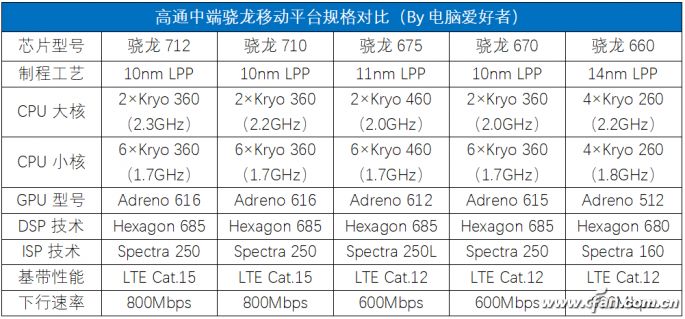
From the specifications of the Snapdragon 600/700 series, it is evident that Helio P90 does not have a significant advantage in CPU architecture. The Kryo 360 architecture of Snapdragon 670 and Snapdragon 710 is derived from a modified Cortex A75/A55, while Snapdragon 675 is equipped with a modified Cortex A76 Kryo 460.
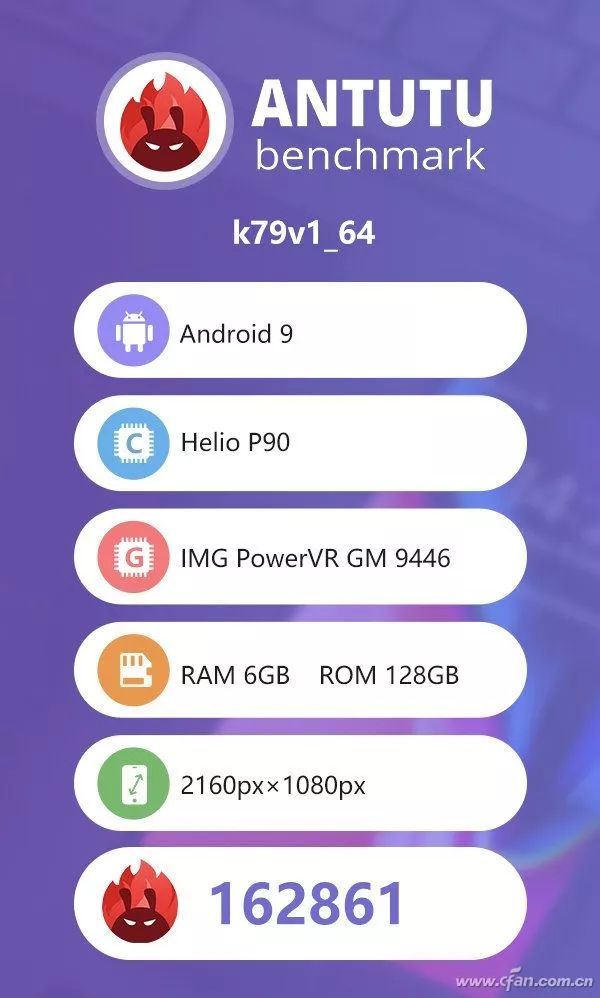
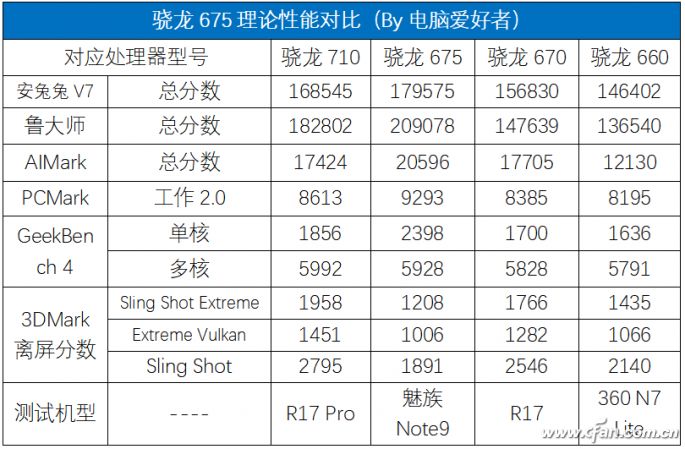
From the AnTuTu benchmark scores of Helio P90, it is hard not to feel anxious. After all, how much are smartphones equipped with Snapdragon 710 being “sold off” for now? In this environment, how much can Helio P90 be priced to attract your interest?
From the known specifications, Helio P90 is a “barrel-type” mainstream SoC, with its CPU, GPU, AI, and network performance all up to par. As long as the smartphones equipped with it are reasonably priced (under 1500 yuan), there should be no worries about sales.
Regarding 5G, MediaTek also released its first 5G multimode integrated baseband chip, Helio M70, at the end of 2018. MediaTek has also become a major chip supplier in the global smart speaker market. Therefore, MediaTek still has enough “momentum” to face the harsh challenges of the smartphone market. Let’s look forward to it together, as competition benefits consumers.
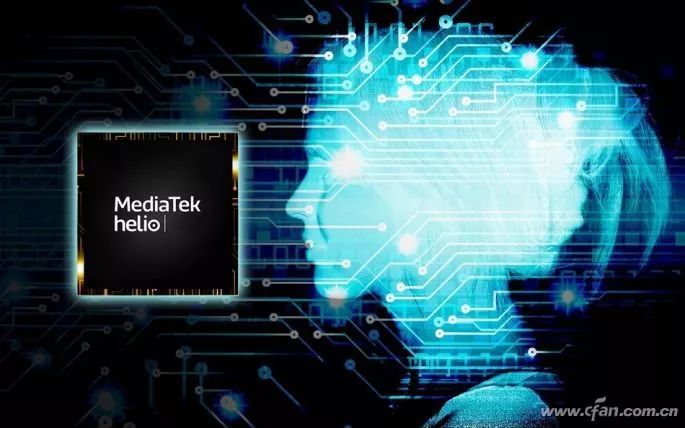
After reading this article, you might also click:
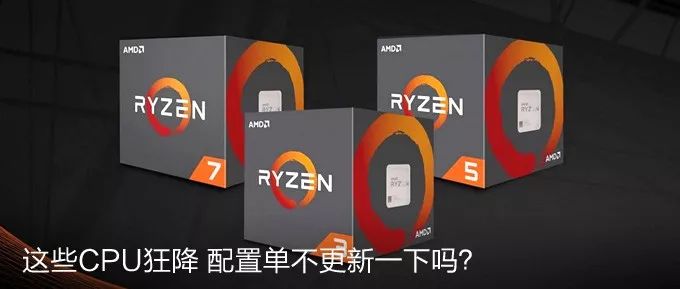

Click “Read the original text” for more exciting content